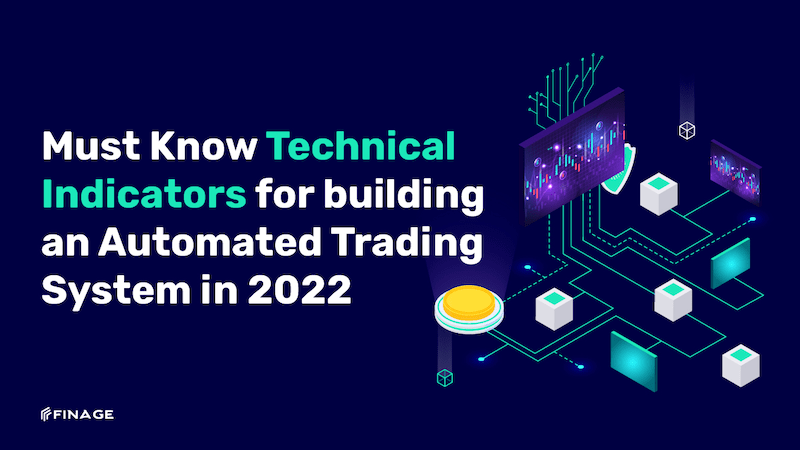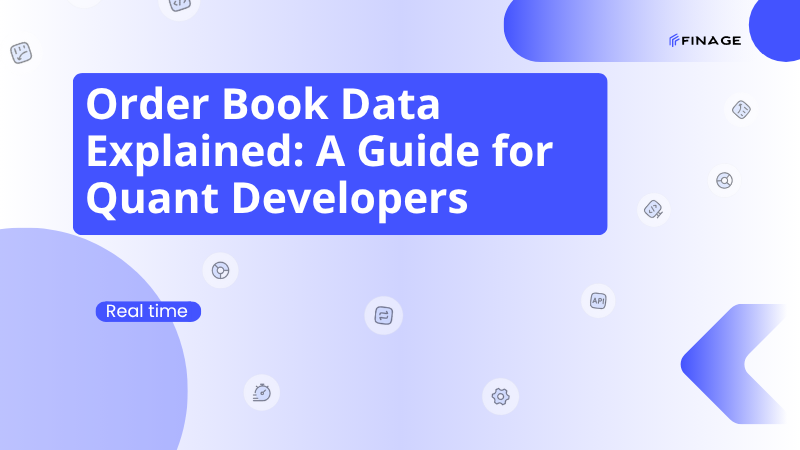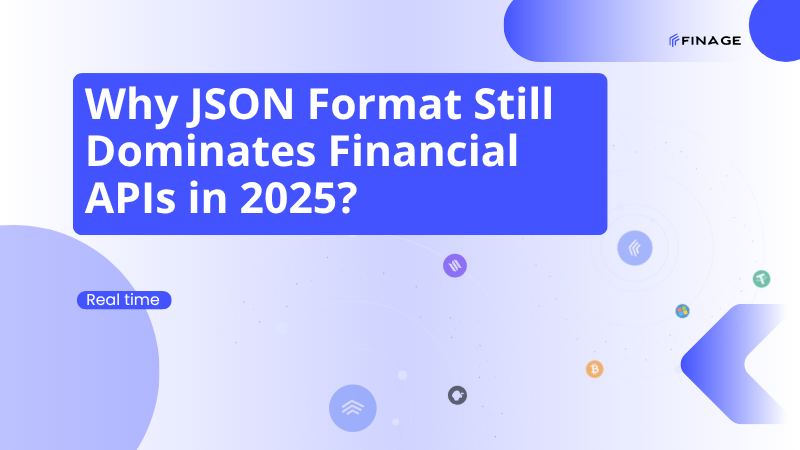Must Know Technical Indicators for building an Automated Trading System in 2022
3 min read • October 2, 2022

Introduction
Simple Moving Average and Exponential Moving Average
Moving Average is a trend-following indicator that comes in two flavors: Exponential Moving Average (EMA) and Simple Moving Average (SMA) (SMA). When calculating the average, the simple moving average provides equal weight to earlier values in a given rolling window, whereas the exponential moving average gives more weight to current events in a particular window when calculating the average. As a result, the EMA is more responsive to actual market price changes.
When employing this type of signal, the crossover technique is rather prevalent. Traders frequently look for a break in the average lines between fast (short duration rolling window) and slow (long duration rolling window) moving averages.
Bollinger Bands are a type of band that is used to describe
Bollinger Bands can assist you to determine the top and lower bounds of the market's volatility over a specific time period. If the gap between the bands is significant enough, the market is likely to be highly volatile, and a trend, whether bullish or bearish, is likely to emerge. Conversely, if the space between the bands is less or the band appears to be squeezed, the market is thought to be flowing more horizontally in a distributive fashion.
The upper and lower lines in the above graph are generated using a rolling Standard Deviation of +2x, -2x around the SMA; normally, we use a 20-day SMA, but this may be changed, and EMA with a different look-back can be used instead. This is comparable to datapoints between 2 standard deviations in a Gaussian distribution. Any figure over or below 2x is considered a break-out or outlier in this case, and we presume that the majority of the activity occurs within these areas. Breakouts give no indication of the direction or magnitude of future price movement. Some traders, on the other hand, purchase when the break-out is at the bottom and sell when the break-out is near the top.
The ADX (Average Directional Movement Index) is a market indicator that measures the overall strength of a trend over time. ADX is a unidirectional indicator that spans from 0 to 100. The ADX indicator does not indicate a buy or sell signal; instead, it measures the strength of a trend, regardless of its direction. When used with other indicators such as the MACD, this indicator can assist in determining the best buy/sell signal.
OBV (On-Balance Volume)
On-balance Volume (OBV) is a prominent momentum-based leading indicator that is frequently used in conjunction with other indicators. It is based on the concept of determining the relationship between price and volume variations. If the difference between today's closing price and the previous day's closing price is positive, the volume is added to the OBV variable, indicating a Bullish trend. If the difference between today's closing price and the previous day's closing price is negative, the volume is deducted from the OBV variable, indicating a Bearish trend.
Regression
The slope of the trend can be determined using the regression line. Using least-squares fit, we can simply fit a y = mx+c equation for a specific duration. We can have numerous segments with their own regression lines in this way (piece-wise linear regression). The slope of the line (m) indicates the strength of the trend as well as its direction. We make the presumption that the trend will continue for a specific period of time. The timeframe is determined by the individual's long or short-trading strategy. If you're trading for a year, you'll keep a "day-sized window," however if you're trading for an hour or a corresponding window size, you'll keep a "minute-sized window."
We hope that this blog post will be beneficial for you. We will continue to create useful works in order to get inspired by everyone. We are sure that we will achieve splendid things altogether. Keep on following Finage for the best and more.
You can get your Real-Time and Historical Market Data with Finage free API key.
Build with us today!
Claim Your Free API Key Today
Access stock, forex and crypto market data with a free API key—no credit card required.

Stay Informed, Stay Ahead
Finage Blog: Data-Driven Insights & Ideas
Discover company news, announcements, updates, guides and more


